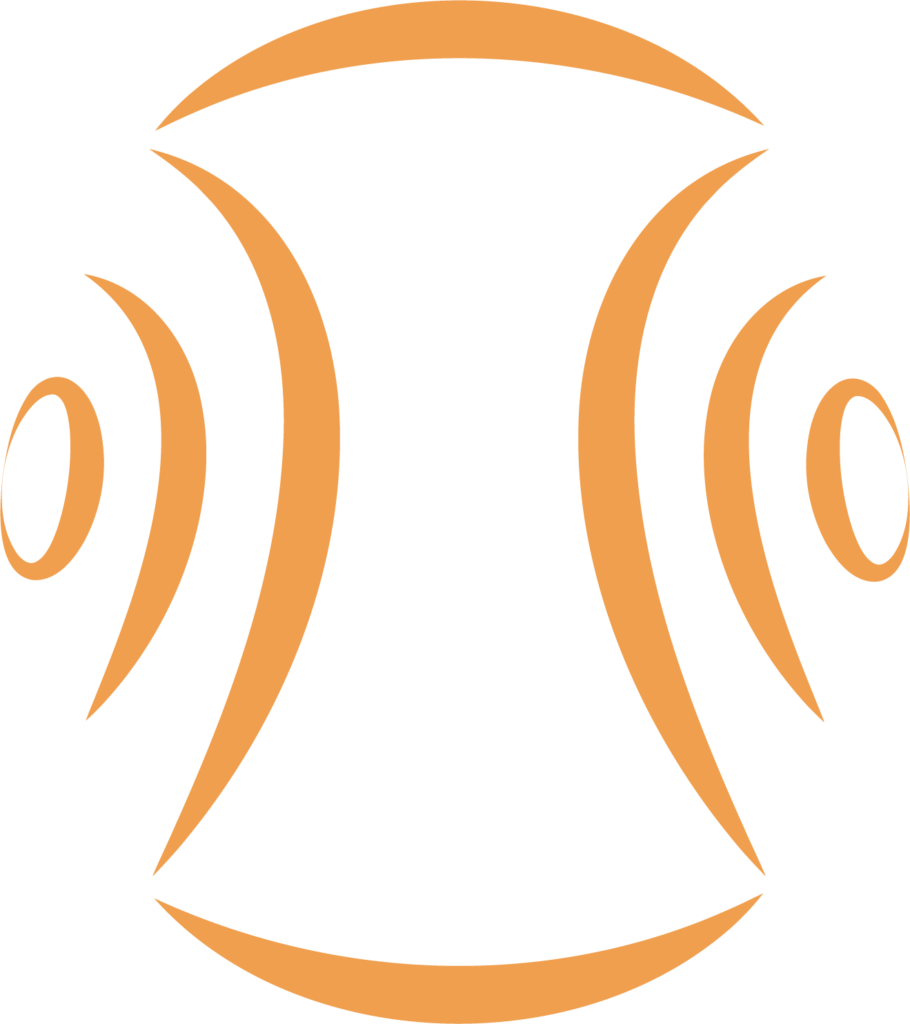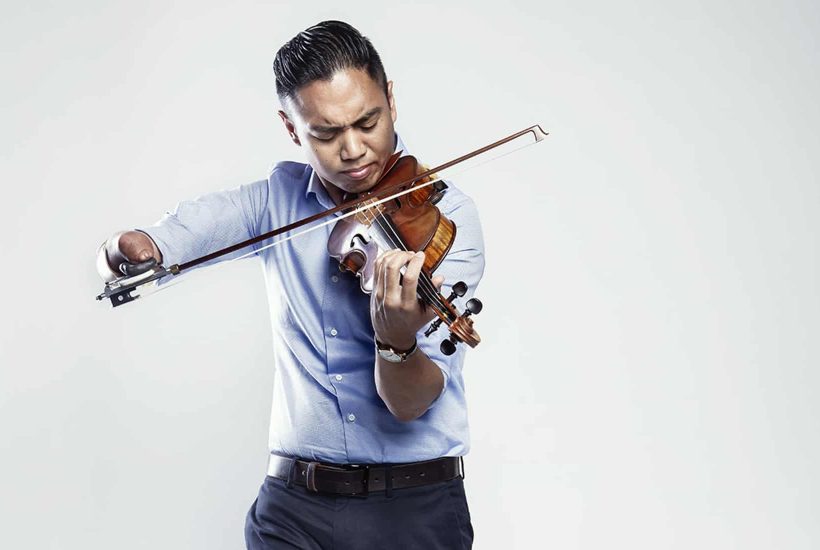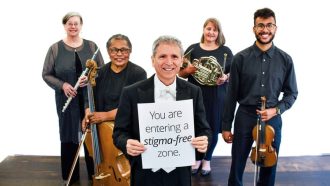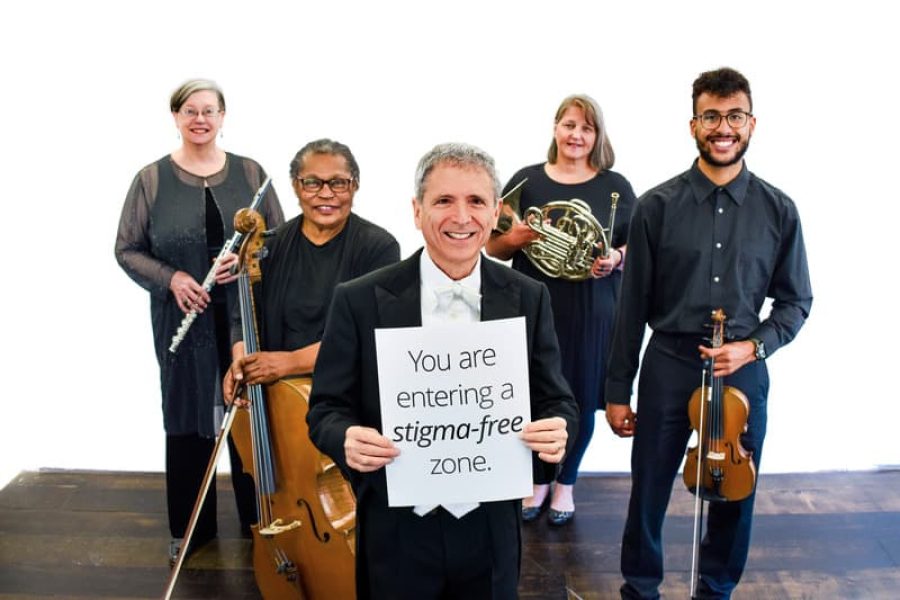Exactly a year ago, in May 2022, I had the honor of meeting and listening to violinist Adrian Anantawan. My son had been invited to speak at a benefit event for a Newton, MA, organization called Understanding Our Differences, and Adrian happened to be the keynote speaker that evening.
“Understanding Our Differences is a model, interactive disability awareness curriculum that teaches children to see the whole person and better understand the disability. The Understanding Our Differences program educates schools and communities and fosters respect and inclusion for people of all abilities.”
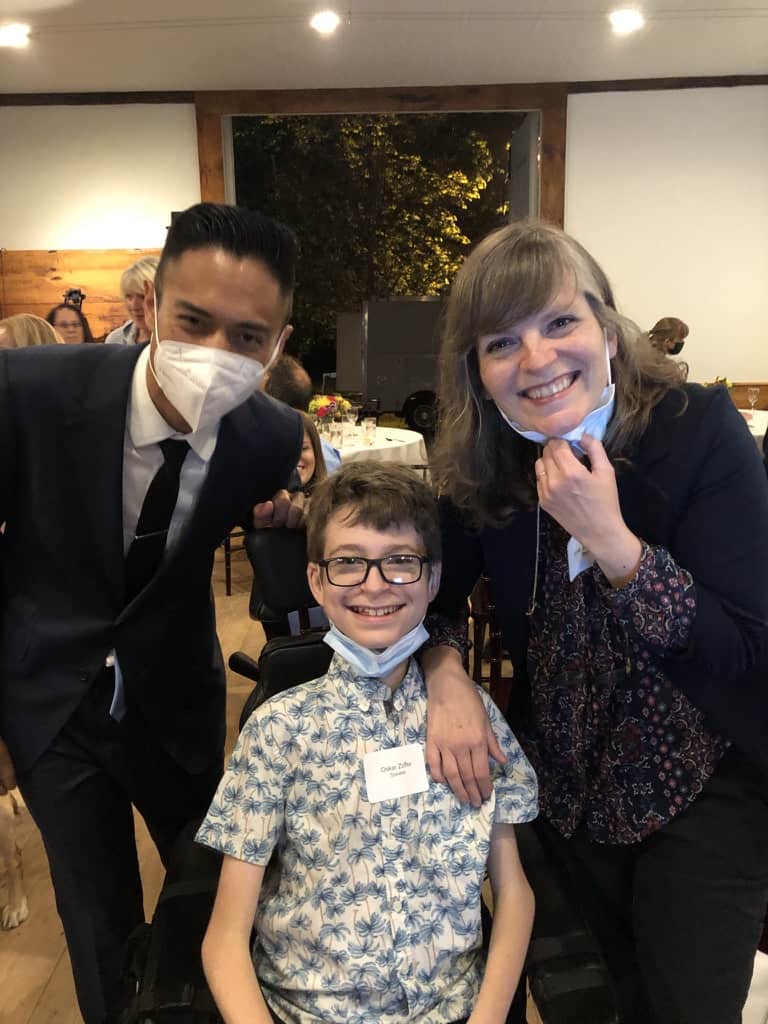
What made this a truly special evening for me personally was that besides being a violinist myself and a member of the disability community by extension of my son who is disabled, I also have a sister who has the exact same disability as Adrian. They were both born with their front arm missing, so I might have somewhat of a unique insight into both of those realities; the disability, and what it takes to become a professional violinist.
I admit that the first reaction I had when I heard Adrian play was HOW?!? The hours and years I spent practicing and teaching bow technique were all brought into question when watching Adrian, who has no right hand, play with such a beautiful and rich sound, with such impeccable control of his bow.
I am definitely guilty of being a purist when it comes to bow technique in particular, although when entering the fiddle world I had to snap out of it a bit, and I have slowly learned that there can be other ways of holding the bow other than the “right” way. I didn’t however understand the physics of how Adrian was doing it and making it work, even as I was watching him play live right in front of me at the UOD event, and I actually still don’t quite understand it. How is he balancing the weight throughout the strokes without having fingers? How is he able to play spiccato and fast strokes without the finger joints? And how on earth isn’t his sound suffering from the bow not being straight all the time?? It is in fact magical to watch and listen to.
After learning about Adrian’s story, and especially after watching the documentary about him made by Wendy Watson, called The Story Behind The Notes, what sticks out is the community of people and organizations that helped him to become this incredible violinist against all odds. It is not as much a story of the details around how he technically manages to play the violin, as it is a story of his supportive community. His first violin teacher who wasn’t fazed by the task of teaching a child who was missing a hand, the Child Amputee Program (CHAMP) in Canada that helped him get the prosthetic he needed in order to hold the bow, the wealthy patron who bought him an Amati violin from the Geo. Heinl instrument shop in Toronto, the unusual exposure to the world’s most famous violinists like Pinchas Zukerman at the Canadian Young Artists Programme, Itzhak Perlman at the Perlman Music Program, and my personal favorite Anne-Sophie Mutter who he studies with later. This kid was lucky beyond belief, but his brilliant gift was to take advantage of every single thing that was handed to him with incredible determination, which no doubt played a huge part in his success. Adrian himself says in the documentary:
“A great performance is a product of all those
who have helped you in the past”
He also talks about how he has always had to overachieve in life, and it is clear that some of the challenges in his early childhood drove his determination to succeed in music. He explains that a lot of his drive had to do with the need to not feel alone, which disability can do to you, because music is a way for us to connect with other people in a way that otherwise can be much harder.
I am familiar with the challenges of Adrian’s and my sister’s disability, how my sister also felt a need to overachieve in an attempt to prove herself, and the determination it took. I am also very familiar with the challenges of playing the violin at a professional level. So when I think about the mountain Adrian Anantwan had to climb in order to get to where he is today I am simply in awe. He does explain that “the things that make us struggle are the things that make us grow”. I find this to be true when learning the violin and it certainly is true when facing life’s challenges.
I leave you with Adrian playing the theme music from Schindler’s List so very delicately.
